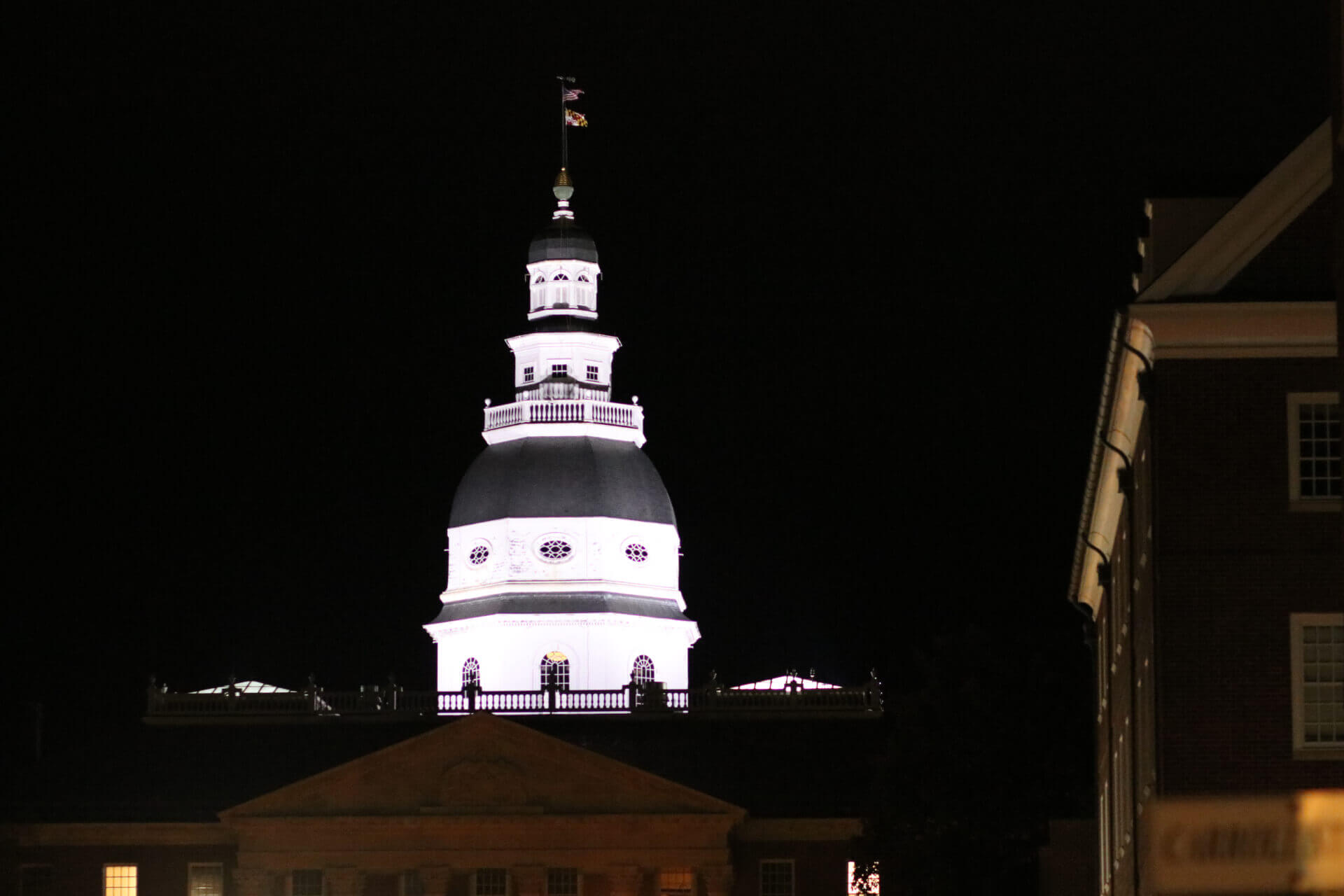
In the wake of the death of Eric Garner, after being choked by a New York police officer in December 2014, I wrote the following in a letter to an editor:
Militarization, latent prejudice, the blue wall of silence, absence of transparency and mistrust from the community all contribute to the nationwide outrage being expressed over civilian deaths at the hands of police. These factors exacerbate the larger problem: the police subculture of force and violence as well as a hyper-vigilance over officer safety.
We recruit police officers from a pool that grew up on a diet of violent, action-oriented police dramas and on news media that highlight violence. We hire them in a spirit of adventure instead of a spirit of service and send them to a police academy patterned after a military boot camp. Then we send them to fight the war on crime, the war on drugs and the war on terrorism. Is it any wonder that in a free, democratic society we find ourselves questioning the actions of some of our police?
Until this subculture is understood and addressed, we will continue to see the violent encounters that have sparked nationwide indignation. We will continue to see a growing mistrust of our police.
Here we are, going on six years later and nothing has changed except an exponential growth in mistrust of our police and nationwide demonstrations. We have more police officers, and now even their police chiefs, donning black battle dress uniforms, and a plethora of videos depicting police officers appearing to be using excessive or unnecessary force.
“The need for strengthening police relationships with the communities they serve is critical today in the Nation’s large cities and many small cities and towns as well. …minority groups are taking action to acquire rights and services which have been historically denied them. As the most visible representative of the society from which these groups are demanding fair treatment and equal opportunity, law enforcement agencies are faced with an unprecedented situation on the street which require that they develop policies and practices governing their actions when dealing with minority groups and other citizens.”
The aforementioned paragraph could easily be the opening to any of the reports that are bound to be produced in the aftermath of George Floyd’s death at the hands of Minneapolis police officers on May 25 or the recent killing of Rayshard Brooks in Atlanta. It is not only germane to the circumstance the nation finds itself in today, it shows it is not new. The quote comes from the “Task Force Report: The Police,” published by the Task Force on Police from the President’s Commission on Law Enforcement and Administration of Justice in 1967.
The calls for reforms in policing are not new now nor were they in 1967. Any progress in changing behaviors has been sporadic at best and generally in the wake of protests and civil litigation. Whether it be changed policies regarding the use of deadly force, more restrictive police vehicle pursuits, or improved training, meaningful change has come as a result of civil unrest and litigation rather than progressive leadership.
This is not to say that some reformist leaders both within and outside of policing have not addressed important issues and in some cases achieved a measure of progress. But it has not been enough.
The time is now and the answer is leadership, progressive leadership, bold leadership that will implement the recommendations that can be found in President Obama’s Task Force Report on 21st Century Policing.
In the aftermath of the 2014 shooting death of Michael Brown by Ferguson, Mo., police, there was an in-depth examination of police practices by a task force of 11 members consisting of civil rights attorneys, community activists, academics and police professionals. The Final Report of the President’s Task Force on 21st Century Policing, published in May of 2015 is made up of six pillars:
(1) Building Trust & Legitimacy, (2) Policy & Oversight, (3) Technology & Social Media, (4) Community Policing & Crime Reduction, (5) Training & Education, and (6) Officer Wellness & Safety. Each pillar contains recommendations and action items designed to advance its goal of improved policing for the 21st century.
Implementing these recommendations will not only address many of our specific concerns today but can help move the culture of our police organizations towards that of a community guardian and away from that of an enforcer or warrior.
— KARL BICKEL
The writer, a retired U.S. Department of Justice Senior Policy Analyst was previously second in command of the Frederick County, Sheriff’s Office, former major city police officer and a former assistant professor of criminal justice. He can be reached at [email protected]




 Creative Commons Attribution
Creative Commons Attribution